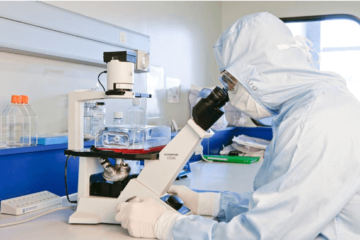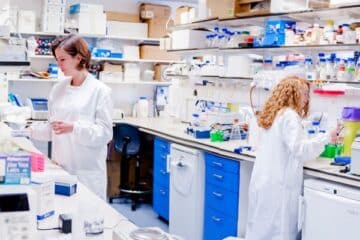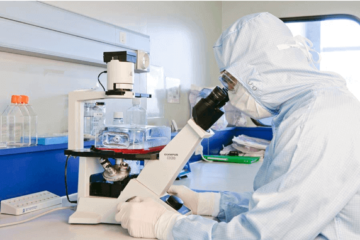Cellular Reprogramming: Unlocking the Full Potential of Stem Cells
Cellular reprogramming, a groundbreaking technique, holds immense potential in regenerative medicine. By reverting differentiated cells to a pluripotent state, researchers can harness the versatility of stem cells to treat a wide spectrum of diseases and injuries. This transformative approach offers unparalleled opportunities for tissue repair and organ regeneration.














